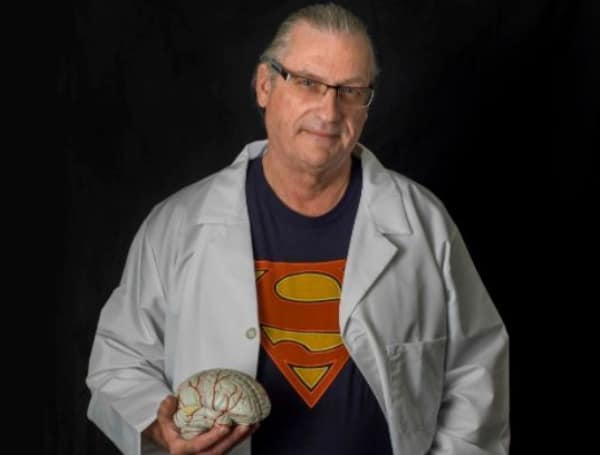BRANDON, Fla. – Transcranial Magnetic Stimulation (TMS) is an FDA-approved treatment to reduce depression symptoms with very little risk of side effects; the treatment has shown a 60% response rate for adults 18 and over who have been diagnosed with treatment-resistant depression
Brandon TMS and Psychiatry in Brandon, Florida, has also had success using TMS off-label to treat a wide range of other mental health conditions. Because TMS has not received the extensive research attention of many other mental health treatments, you may have questions about how it works.
Transcranial magnetic stimulation, or TMS, is a type of brain stimulation Brandon TMS and Psychiatry uses to treat depression and numerous other mental health concerns. It’s a painless, non-invasive treatment that requires no advance preparation, anesthesia, or recovery time.
Treatments create magnetic energy pulses that are able to pass through your skull to stimulate brain cells. That stimulation is thought to improve communication between different regions of your brain, which in turn can improve function.
The magnetic pulses used in TMS are the same strength and type used to create MRI images. This technology has been in use for many years and is quickly gaining popularity among mental health specialists.
Transcranial magnetic stimulation is FDA-approved for treatment-resistant depression. At Brandon TMS and Psychiatry, it is also used off-label to treat many other mental health conditions. Some of the applications currently approved in European countries include:
- Schizophrenia
- Chronic pain
- Stroke rehabilitation
- Parkinson’s disease
- Alzheimer’s disease
- Post-traumatic stress disorder
- Nicotine addiction
For traditional transcranial magnetic stimulation therapy, a series of 36 sessions of 20 minutes each is recommended.
That works out to daily visits for the first six weeks, then three treatments per week for the seventh week, two treatments per week for the eighth week, and one treatment during the ninth week.
“During your visit, you relax comfortably in the MagVenture treatment chair. Your provider places a cotton cap over your skull that has marks as a guide for your exact treatment location,” said Dr. Boris Kawliche.
The treatment coil is placed just next to your head, and may notice some clicking sounds or feel sensations of knocking, tingling, or tapping on your head, but there is no pain associated with treatment sessions.
Dr. Boris Kawliche said, “After your 20 minute session, you can return to your normal activities. There are no restrictions on your activity levels and no need for recovery.”
If you have questions about transcranial magnetic stimulation or would like information about pricing, insurance coverage, or scheduling concerns, call Brandon TMS and Psychiatry at 813-681-5880 or book a visit online to learn more.
Android Users, Click Here To Download The Free Press App And Never Miss A Story. It’s Free And Coming To Apple Users Soon.
Support journalism by clicking here to our gofundme or sign up for our free newsletter by clicking here
